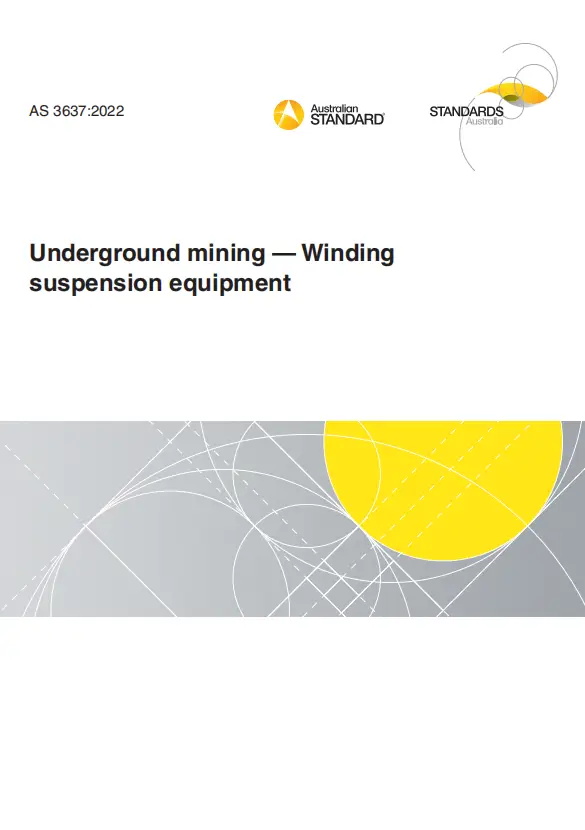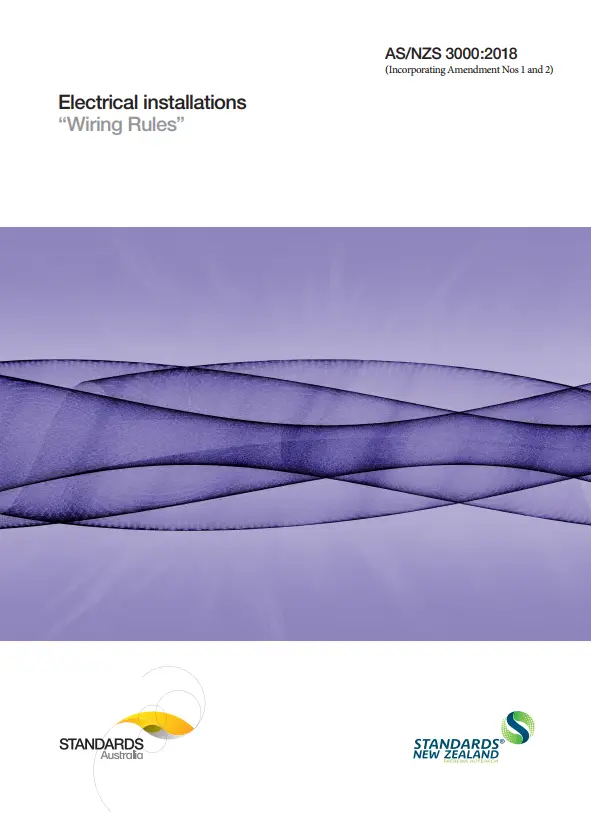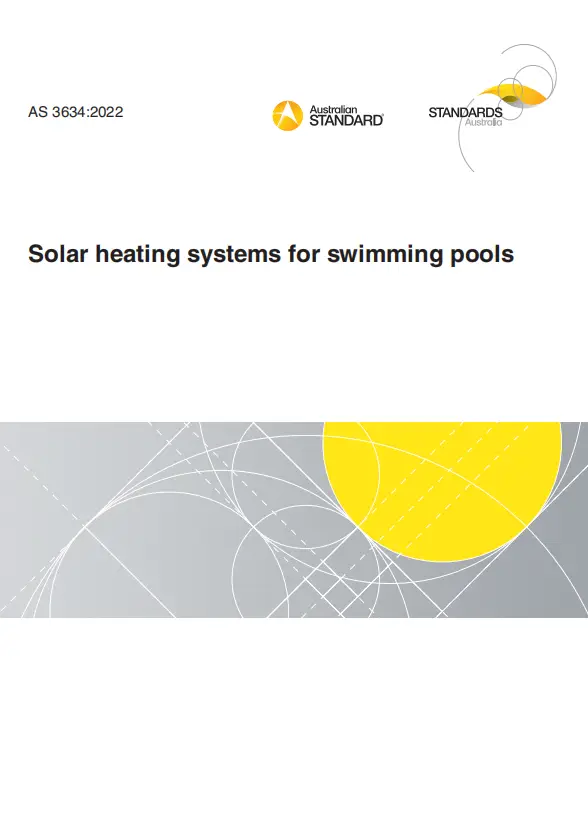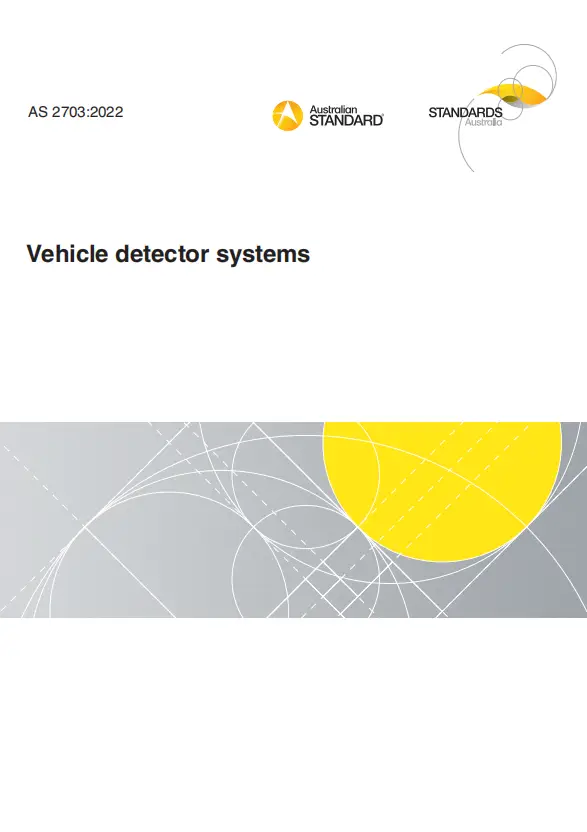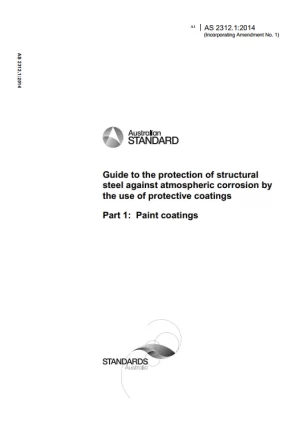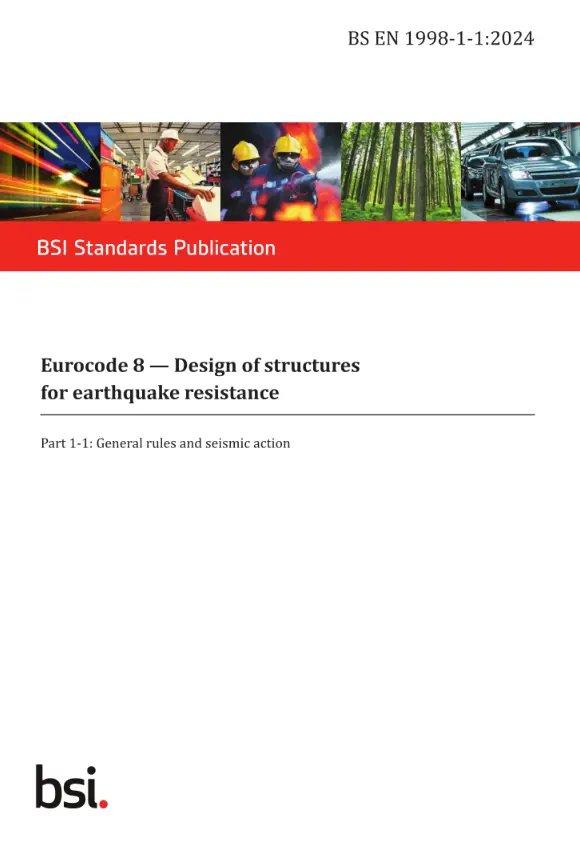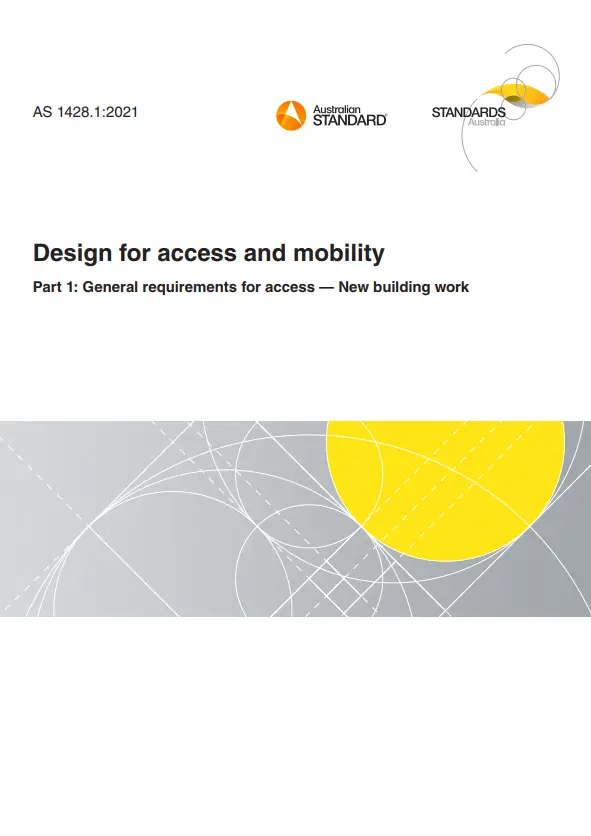AS 3637, 1st, 2022 – Underground mining – Winding suspension equipment
AS 3637 facilitate the implementation and maintenance of functional and safe winding suspension equipment in underground mines and clear communication in the trade and governance thereof.
General Product Information:
| Committee |
ME-018 |
| Purchase Note |
All current amendments available at time of purchase are included with the purchase of this document |
| Document Type |
PDF |
| ISBN |
978 1 76139 009 8 |
| Pages |
111 |
| Document Language |
English |
| Publisher |
Standards Australia |
| Status |
Current |
Preview
Table of cotents
1 Scope
2 Normative references
3 Terms and definitions
4 General requirements
4.1 Nominal size
4.2 Materials
4.2.1 Type A components
4.2.2 Type B components
4.3 Design
4.3.1 Design philosophy
4.3.2 Static design factor
4.3.3 Fatigue reserve factor
4.4 Manufacture
4.4.1 Type A and Type B components
4.4.2 Type A components — Additional requirements
4.4.3 Threads and nut locking
4.4.4 Locking plates
4.4.5 Protective coatings
4.4.5.1 Type A components
4.4.5.2 Type B components
4.4.5.3 Shear pin
4.5 Testing
4.5.1 Proof load test
4.5.1.1 Procedure
4.5.1.2 Requirement
4.5.2 Non-destructive test
4.5.2.1 Purpose
4.5.2.2 Procedure
4.6 Test certificates
4.6.1 Certificates required
4.6.2 Component certificates
4.6.3 Assembly test certificate
4.7 Marking
4.8 Inspection and maintenance
5 Component-specific requirements
5.1 Detaching hooks
5.1.1 Size designation
5.1.2 Materials
5.1.2.1 Component type designation
5.1.2.2 Shear pins
5.1.3 Design
5.1.3.1 Static factor of safety
5.1.3.2 Fatigue reserve factor
5.1.3.3 Shear pins
5.1.3.4 Locking
5.1.3.5 Integrity against unintended release
5.1.3.6 Geometry
5.1.4 Manufacture
5.1.4.1 General
5.1.4.2 Gauge marks
5.1.4.3 Catchplates
5.1.4.4 Hinge pin and shear pin
5.1.5 Permissible imperfections
5.1.6 Testing
5.1.6.1 General
5.1.6.2 Detaching test
5.1.6.2.1 Purpose
5.1.6.2.2 Procedure
5.1.6.2.3 Requirements
5.1.7 Test certificates
5.1.7.1 General
5.1.7.2 Assembly test certificate
5.1.8 Marking
5.1.8.1 General
5.1.8.2 Type identification
5.1.9 Accompanying information
5.2 Rope cappings
5.2.1 Designation
5.2.1.1 Size
5.2.1.2 Component type
5.2.2 Materials
5.2.2.1 Types A and B components
5.2.2.2 Filling
5.2.2.3 Bolts
5.2.3 Design
5.2.3.1 Static factor of safety
5.2.3.2 Fatigue reserve factor
5.2.3.3 Design of wedge-type capels
5.2.4 Manufacture
5.2.5 Testing
5.2.5.1 Proof load test
5.2.5.2 Proof loading of wedge-type capels
5.2.5.2.1 General
5.2.5.2.2 Apparatus
5.2.5.2.3 Procedure
5.2.5.2.4 Requirements
5.2.5.3 Non-destructive examination
5.2.6 Inspection and maintenance
5.2.6.1 General
5.2.6.2 In situ examination
5.2.6.2.1 Wedge-type capels
5.2.6.2.2 Other types of cappings
5.2.6.3 Detailed examination
5.2.7 Assembly test certificates for wedge-type capels
5.2.8 Marking wedge-type capels
5.3 Drawbars and connecting links
5.3.1 Designation
5.3.1.1 Size
5.3.1.2 Component type
5.3.2 Materials
5.3.3 Design and manufacture
5.3.4 Testing
5.3.5 Test certificates
5.3.6 Marking
5.4 Rope swivels and swivel hooks
5.4.1 Size designation
5.4.2 Materials
5.4.2.1 Component type designation
5.4.2.2 Type A components
5.4.2.3 Type B components
5.4.3 Design
5.4.3.1 Static design factor
5.4.3.2 Fatigue reserve factor
5.4.3.3 Threaded components
5.4.3.4 Thrust bearing
5.4.4 Manufacture
5.4.4.1 General
5.4.4.2 Bearing lubrication
5.4.4.3 Hooks
5.4.5 Testing
5.4.6 Test certificates
5.4.7 Marking
5.5 Shackles and chains
5.5.1 Scope of section
5.5.2 Size designation
5.5.2.1 Shackles and chains
5.5.2.2 Conveyance chains
5.5.3 Materials
5.5.3.1 Component type designation
5.5.3.2 Type A components
5.5.3.3 Type B components
5.5.4 Design
5.5.4.1 Static design factor
5.5.4.2 Fatigue reserve factor
5.5.4.3 Working load limit
5.5.4.4 Safety chain length
5.5.5 Manufacture
5.5.5.1 General
5.5.5.2 Chain links
5.5.5.3 Shackle bodies
5.5.6 Testing
5.5.6.1 Proof load tests
5.5.6.1.1 Shackles and chains
5.5.6.1.2 Master links
5.5.6.1.3 Shackle connections
5.5.6.2 Non-destructive testing
5.5.6.3 Length of chains
5.5.6.4 Wear limits
5.5.7 Test certificates
5.5.7.1 General
5.5.7.2 Shackles
5.5.7.3 Conveyance chains
5.5.8 Marking
5.6 Rope glands
5.6.1 Size designation
5.6.2 Materials
5.6.2.1 Component type designation
5.6.2.2 Type A components
5.6.2.3 Type B components
5.6.2.4 Bolts
5.6.3 Design
5.6.3.1 Static design factor
5.6.3.2 Fatigue reserve factor
5.6.3.3 Rope grip performance
5.6.3.4 Orientation of wedges relative to join of the two halves of the body
5.6.3.5 Spherical base and bearing
5.6.3.6 Rope clamps
5.6.4 Manufacture
5.6.4.1 General
5.6.4.2 Surface finish
5.6.5 Testing
5.6.6 Test certificates
5.6.7 Marking
5.6.7.1 General
5.6.7.2 Wedges
5.6.7.3 Rope clamps
5.6.8 Installation and assembly
Appendix A
A.1 Scope
A.2 Inspection
A.3 Close examination frequency
A.4 Inspection after an incident
A.5 Maintenance
A.6 Wear limits
A.6.1 General
A.6.2 Worked example
Appendix B
B.1 Scope
B.2 General
B.3 Ruling section
B.4 Equivalent section
Appendix C
C.1 Scope
C.2 Chemical composition
C.2.1 General
C.2.2 Cast analysis
C.2.3 Residual elements
C.2.4 Austenitic grain size
C.3 Identification
C.4 Conditions of supply
C.5 Mechanical property and heat treatment requirements for steel components
C.5.1 Mechanical properties
C.5.2 Heat treatment
C.6 Determination of mechanical properties for steel components
C.6.1 General
C.6.2 Samples for testing
C.6.3 Tensile test
C.6.4 Impact tests
C.6.5 Requirements
C.7 Retests
C.8 Certificates
Appendix D
D.1 Scope
D.2 Loaded holes
D.2.1 General consideration
D.2.2 Static design
D.2.3 Fatigue design
D.3 Pins
D.3.1 Static design
D.3.2 Fatigue design
Appendix E
E.1 Scope
E.2 General
E.3 Static design
E.4 Fatigue design
E.5 Allowable stress range
E.6 Stress cycle
E.7 Working load limit stress
Appendix F
F.1 Scope
F.2 Quantity symbols
F.3 General
F.4 Straight male/female types
F.5 Right angle male/female types
F.6 Straight female/female types
F.7 Right angle female/female types
Appendix G
G.1 Scope
G.2 General considerations
G.3 Static design
G.4 Fatigue design
Appendix H
H.1 Static design
H.2 Fatigue design
Appendix I
I.1 Static design
I.2 Fatigue design
Appendix J
J.1 Scope
J.2 Static design
J.3 Fatigue design
Appendix K
K.1 Scope
K.2 Gland body
K.3 Rope clamps
Appendix L
L.1 Scope
L.2 General
L.3 Limits of permissible imperfections
L.4 Designation
L.5 Record
Appendix M
M.1 Scope
M.2 Procedure
Appendix N
N.1 Scope
N.2 Procedure
Bibliography

